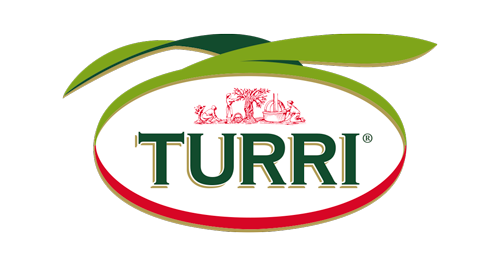“Why are some olive green and others black? Are they different varieties?”
The answer may seem obvious to the expert, but is actually one of the most frequently asked by our customers, especially when they savour our giant table olives.
During their first stages of development, olives are all green, because they contain chlorophyll, but as they ripen, their skin changes colour, turning a pinkish-purple. At the end of the maturation process, the olives are black, due to the formation of anthocyanins. Hence, table olives are green when they are picked before reaching a development stage known as veraison, and their colour ranges from dark green to pale yellow. Black olives, on the other hand, are harvested when fully ripe: their colour ranges from reddish-black to dark brown, and their skin is smooth and glossy. Table olives are a nourishing dish, thanks to their balanced content of fatty compounds, with a predominance of a monounsaturated one, namely oleic acid, and the presence of other, essential fatty acids. They are also a great source of fibres, vitamins, minerals and phenols. Not to mention how useful they are as last-minute, tasty appetizers!


